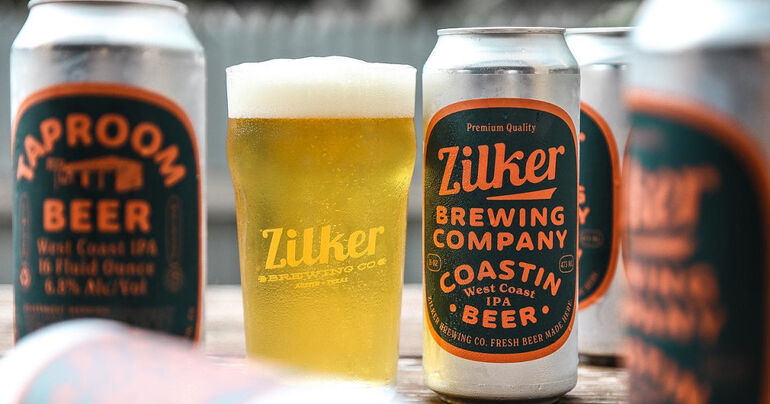Start 14-Day Trial Subscription
*No credit card required

Top Emerging Beer Styles for 2022
Every year sees new styles rise and older ones fall by the wayside, and 2022 will be no different.
Stephen King once wrote, “Sooner or later, everything old is new again.” It was likely penned to say the stories we tell, and the ones he writes, are ones that were also told long ago but have now resurfaced to live again. It’s a concept that explains a lot about the world in which we live.
In the world of craft beer, we are seeing old styles gain new popularity and new styles benefit old brands. In between, we are also witnessing how mixing new things into already established flagships is a way some breweries are keeping their tap handles pulling. And lastly, perhaps just to stretch this motif a little more, one big trend we’ll be watching in 2022 is a very new, very experimental commitment to never-before-seen yeast strains.
This new normal that has been forming the past year has not yet normalized, and that has hit many breweries hard. Several have faced challenges from strained supply chains and withering barley supplies. Others have faced staff shortages. More still are tackling the ever-evolving guidelines for masks and vaccines. It’s a lot.
But there’s a bright side, or at least there are options for finding a few rays of sunshine. Beer was one of the alcoholic beverage markets that showed a recovery in the first half of 2021, rising 7.5% compared to the same period in 2020. IPAs are still strong. Sours are gaining strength at a rapid pace. Craft hard seltzers aren’t going anywhere anytime soon. The beer industry is seeing success with direct-to-consumer shipping (where allowed); 12-packs are wildly popular right now, and compared to 2020, taproom sales are once again a reality.
Let’s look, then, at how a still-recovering craft beer industry has been finding its footing and getting creative. Let’s look at the beers and styles that will help them claw back and stay forward-thinking in 2022.
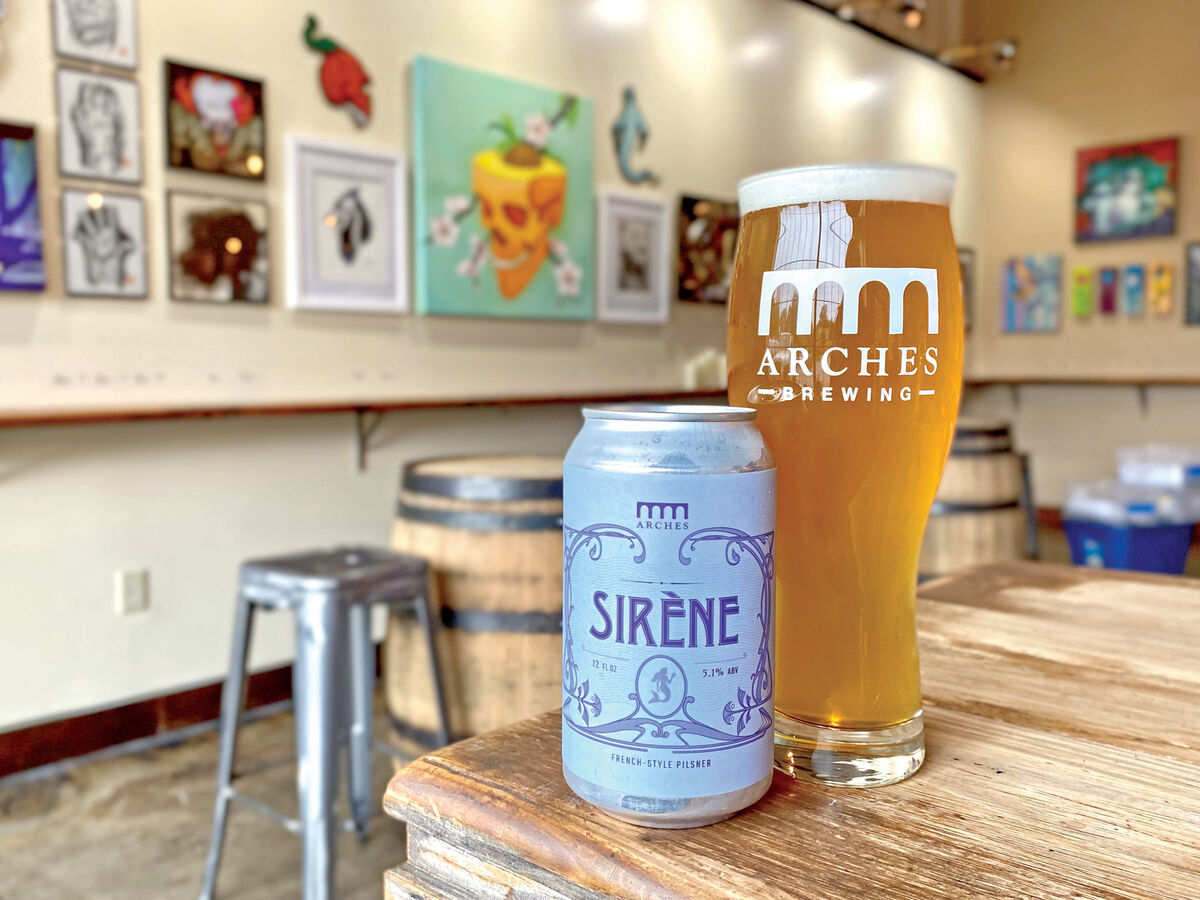
Traditional Lagers
It's as if Stephen King penned the above quote precisely to explain the resurging trend of traditional lagers.
Among the brewers themselves, it seems lagers never lost their luster, but in recent years a few traditional beers had to give up their shelf space to make room for more IPA variants and pastry stouts. That might turn back around in 2022. In fact, you could say we see this trend written in the stars.
“I think lagers have taken on more appreciation,” says Drew Pool, co-founder of Wren House Brewing Co. in Phoenix, Arizona. “Anecdotally, staring at Untappd ratings from two years ago when we won a GABF silver for Valley Beer, our American lager, I think it was a solid 3.6 on Untappd. Now the lagers we’re releasing, along with ones from other breweries who are putting out nice clean lagers, they’re often rated over 4 stars on Untappd. That was pretty unheard of two-plus years ago.”
In the ratings that really matter (sales), light lagers have actually seen a two-percentage point year-over-year share gain in 2021 by early Q4, whereas IPAs have seen a two-percentage point decline.
“I think people have warmed up to what a good quality lager is,” says Pool, “and they’re not comparing all beer against each other, you know. For instance, just because it’s a huge pastry stout it’s going to be a five-star beer. Whereas with a lager it could never compete with a pastry stout. Now people are starting to appreciate them as they are.”
Examples: Pivo Pils by Firestone Walker Brewing Co., Slow Pour Pils by Bierstadt Lagerhaus, Tastes Like Beer by Low Road Brewing, Solid Gold by Founders Brewing Co., Sirène by Arches Brewing
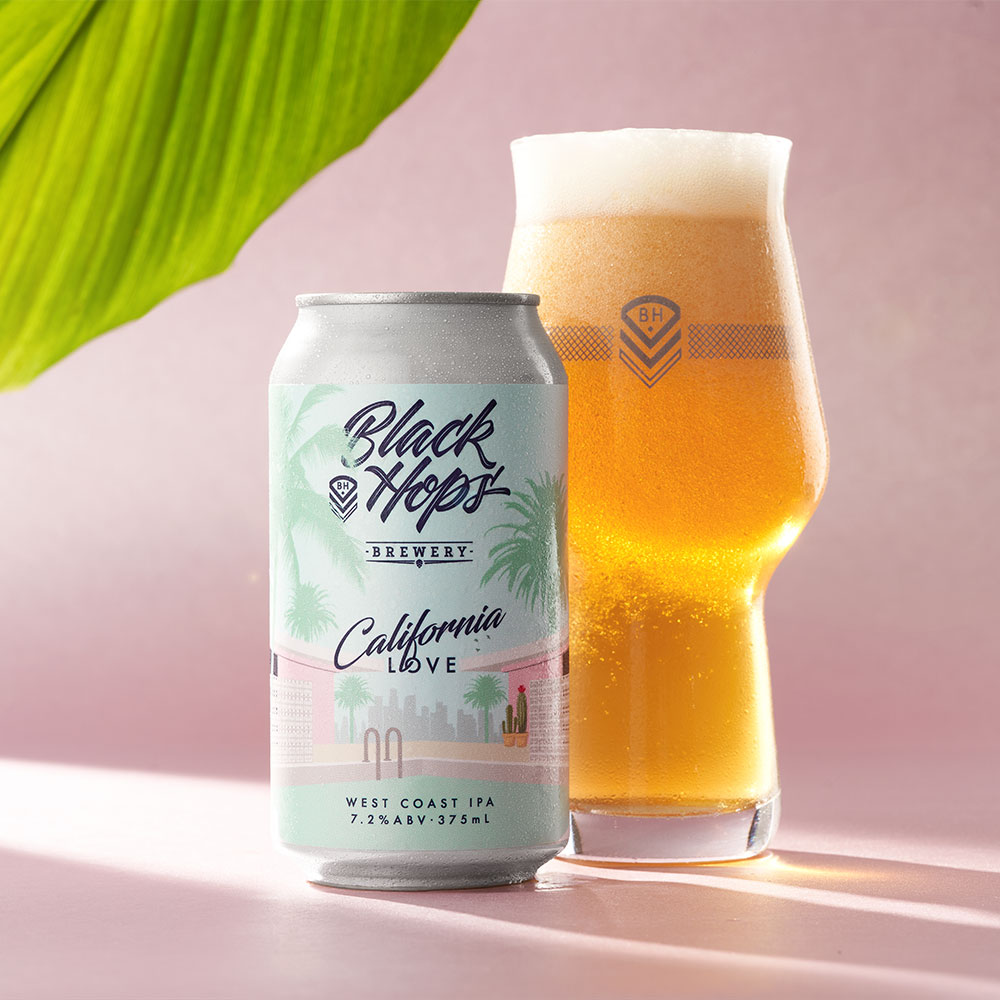
West Coast IPAs
“West Coast IPAs are not dead,” says Aidan Kennedy, Director of Marketing at Coronado Brewing Co. “West Coast IPAs are our bread and butter.”
Roughly three years ago, when Coronado was going through some “brand polishing,” the brewery released Weekend Vibes, a West Coast/ San Diego-style IPA, and it’s been a huge hit for the brewery. “That beer is our numberone seller and is just less than 50% of our total business,” says Kennedy. “The IPA category is by far the biggest in the craft beer industry still today, and Weekend Vibes paces on trend with the IPA market.”
That inspired Kennedy and the company to collaborate with Maui Brewing Co. in 2020 to take the West Coast-style IPA a step further and introduce the Palm Sway Island-Style IPA, brewed with New Zealand and West Coast hops including Chinook, Citra, Comet, El Dorado, Mosaic, Motueka and Waimea, giving the beer juicy, fruit-forward notes of pineapple, mango, stone fruit, citrus and pine. Palm Sway won a gold medal in its debut at the 2021 GABF.
“This Island-Style IPA doesn’t have those bittering hops,” says Kennedy, “so it’s a lot more approachable for those who may be more used to drinking lagers, lighter ales or session beers. Customers see both Weekend Vibes and Palm Sway IPA on the shelves and they are happy to pick up both six-packs. I wouldn’t be surprised if this time next year it’s up there with Weekend Vibes as one of our top two or three beers in our portfolio. I think people are looking for something not necessarily new but exciting.”
Examples: No Worries by Belching Beaver Brewery, Hello, LA by Highland Park Brewery, He Is Resin by Gnarly Barley Brewing Co., California Love by Black Hops Brewery
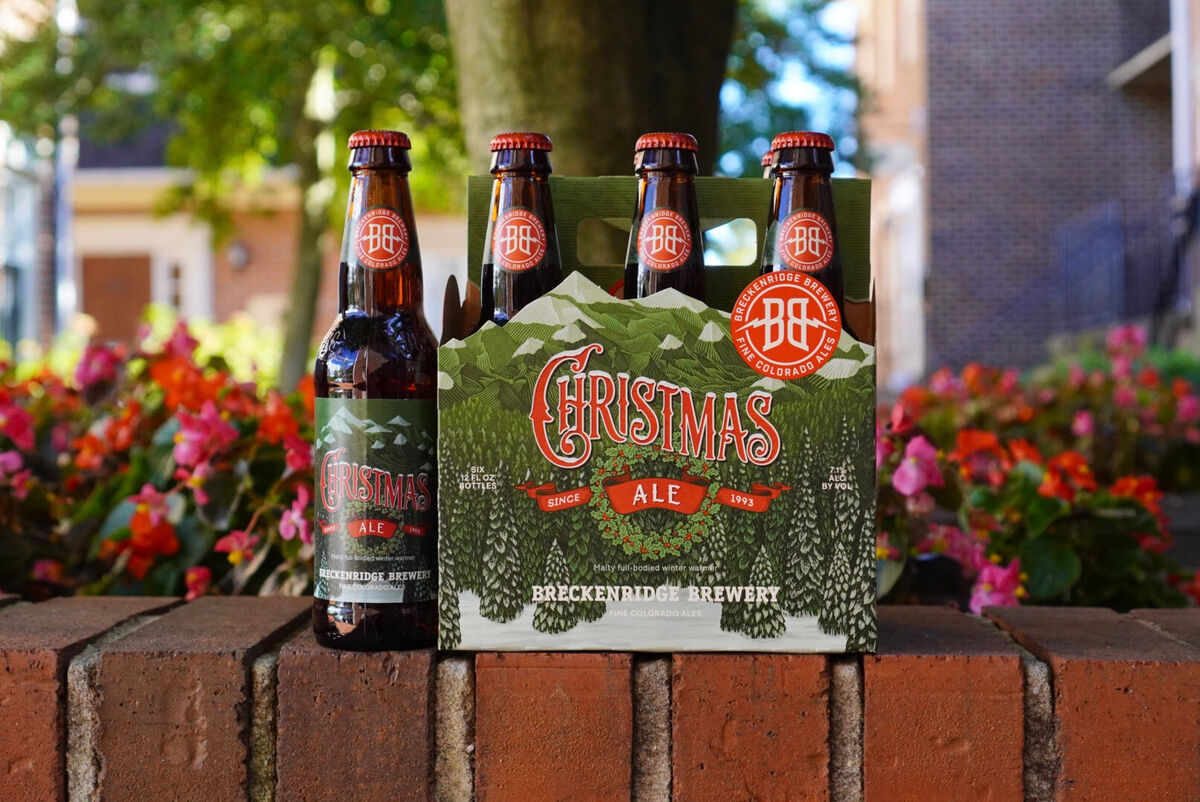
Holiday Beers
Seasonal and holiday beers benefited from the mayhem and cabin fever that COVID caused. Why? Perhaps it allowed more people the time to slow down and appreciate the changing seasons and all the flavors of the “holiday du jour.” Perhaps beer drinkers just realized they liked pumpkin beers, spiced IPAs and Oktoberfest lagers.
For the latter example, they really did. Demand for Oktoberfest beers outpaced supply in many parts of the country in 2021, and in some places all the shelves were cleaned out before September even ended.
We saw Sierra Nevada release its own marzen-style beer for its annual Oktoberfest, a first for the brewery that has traditionally partnered with a renowned German brewery for the festive release. Leinenkugel released two Oktoberfest beers the past year, a light marzen-style lager and a more traditional German-style amber lager in collaboration with Hofbräu München in Munich (the home of the original Oktoberfest festival and beer style).
Some Midwestern beer retailers, like Weiland’s Market in Columbus, Ohio, saw a spike in the variety of both pumpkin and Oktoberfest beers. In their inventory they had over 20 SKUs of each style, a notable increase over the previous year, while also selling more volume of those seasonal beers than in previous years.
Also trending in the realm of holiday-themed beers are winter IPAs, such as New Belgium’s Accumulation, a winter hazy IPA that was once their white IPA. Half Acre released Tend, a “Weighty Winter IPA brewed for wood smoke and fire to lift your mind out over the dim, long cold,” according to its release notes.
Because of what we all experienced in the last two years maybe beer drinkers are more ready than ever to embrace the holidays, or embrace a long, cold winter. Maybe, though, beer drinkers are ready to embrace the festive spirit being expressed by the breweries they adore.
Examples: Samuel Adams Octoberfest by The Boston Beer Co., Tend Winter IPA by Half Acre Beer Co., Celebration IPA by Sierra Nevada Brewing Co., Christmas Ale by Breckenridge Brewery
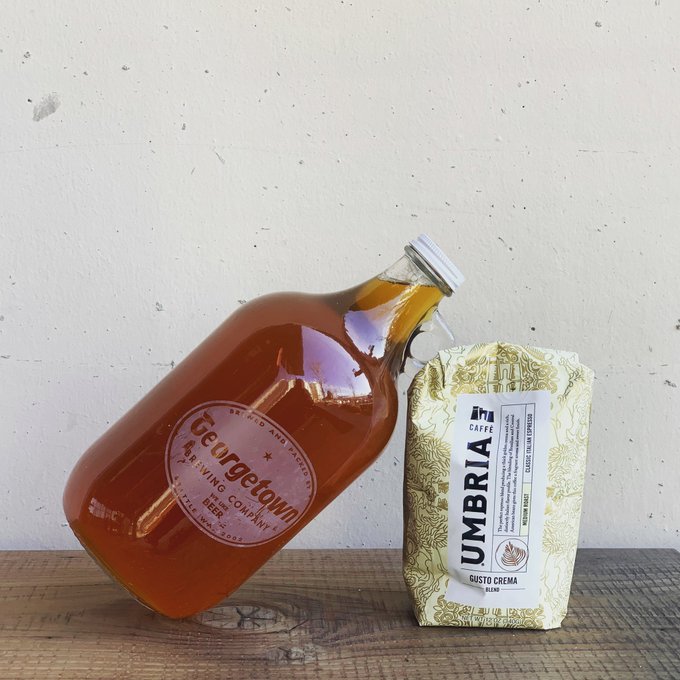
Pale Coffee Beers
“Early on at Wolf’s Ridge we brewed classic styles,” says Chris Davidson, Head Brewer at Wolf’s Ridge Brewing in Columbus, Ohio. “We put German ingredients in our German beers and English ingredients in our English beers, and we tried to follow process and tradition as best we could. But from there we started taking our beers and playing with them.”
“Our Daybreak Coffee Cream Ale began when I was just trying to fill draft lines in our taproom,” says Davidson. Wolf’s Ridge began as a NewAmerican restaurant about eight years ago that had a small brewery attached, but two years after opening, a separate taproom was added and with that came more tap handles to fill.
“We put 20 new tap handles in the taproom, where we only had 12 in the restaurant and only half of those had housemade beer,” says Davidson. “I made it my goal to fill all 20 in the taproom with house-made beer, but we only had four fermenters at the time.”
In 2015, they were called “infusions,” and they weren’t overly common. A brewery would take a keg of one of its base beers and add something to it. Davidson added a handful of locally roasted coffee beans he took from the restaurant side of the business and dumped them in a keg of cream ale. “We wound up with a pale golden beer that tasted like coffee,” he says.
Daybreak has gone on to win silver, gold and another silver in the 2019, 2020 and 2021 GABF awards, respectively. The coffee for Daybreak comes from Columbus roastery One Line Coffee.
“It’s our top-selling beer now and outsells our IPAs,” says Davidson. “You see more beers like this than you used to, but it’s still fun to push one of these across the bar to a new customer who hasn’t had one before. When you talk about coffee a lot of people assume it’s going to be a stout. A lot of people think you’ve given them the wrong beer until they taste it.”
Examples: Daybreak by Wolf’s Ridge Brewing, Calm Before the Storm by Ballast Point Brewing Co., Golden Coffee Pale by pFriem Family Brewers, First Call by Modist Brewing Co., Gusto Crema by Georgetown Brewing Co.

CBD- and THC-Infused Beers
If hard seltzers will have a lasting effect on the masses, it might be how they accelerated the trend of getting beer drinkers interested in things that aren’t… well, beer. Meaning, RTD cocktails, kombucha, NA seltzers and CBD/THC beverages.
Marijuana is legal in 17 U.S. states, and another 13 states have decriminalized its use. In states where it is legal, we are beginning to see brewers experimenting with THC and CBD infusions. But with all the red tape that comes from the lack of federal legality and muddied state regulations, these beers will remain experiments, and the ones on the market will not see out-ofstate distribution. However, there are some big-name breweries who already have “weed beers” out on shelves.
Flying Dog Brewing Co. partnered with Leaf Medical Cannabis to release Hop Chronic, a THC-infused IPA.
Lagunitas created an IPA-inspired beverage series call HiFi Hops, which are sparkling beverages “infused with THC from the finest, sun-grown cannabis.” This line of beverages is sold in three different levels, ranging from <2mg THC and 18mg CBD (18:1) up to 10mg THC and 0mg CBD (10).
Examples: Mango Dango by Two Roots Brewing Co., Take Five New England IPA by Green Times Brewing, Hop Chronic by Flying Dog Brewery, Grainwave by CERIA Brewing Co.
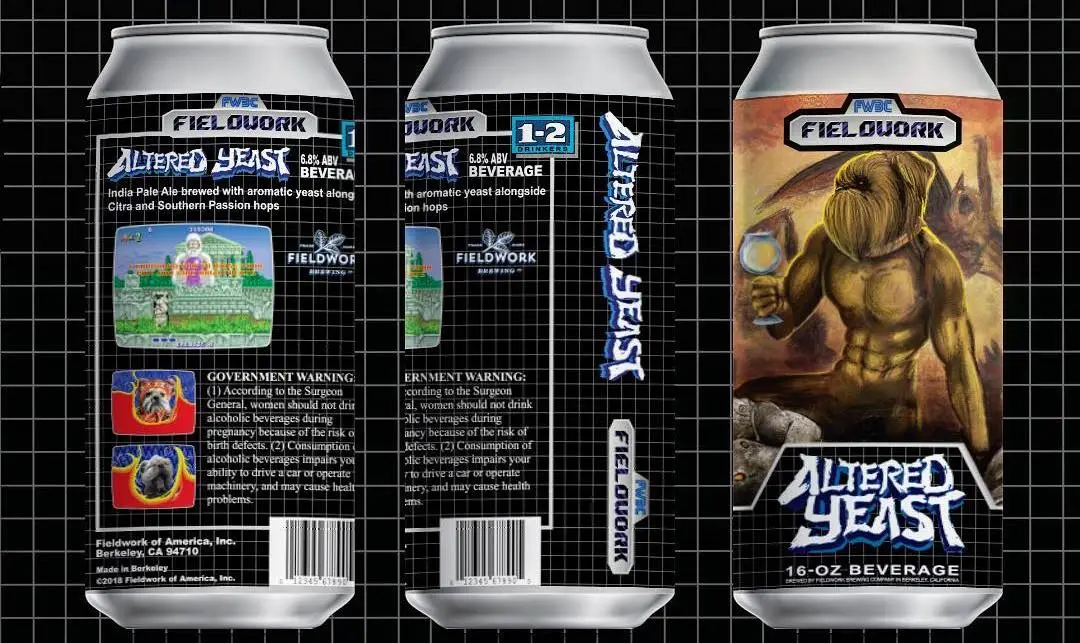
Beers with Experimental Yeast
Even though it was omitted in 1516 from the Reinheitsgebot as one of the three ingredients for beer, yeast has always been integral to the production, flavors and aromas of the greatest beers ever made. Highly scientific, specialized yeast strains are often prized, coveted and closely guarded by breweries and brewers as what separates their beers from the rest of the industry.
Today, brewers are exploring a new frontier in the industry, and it has everything to do with GMO yeast strains. To discuss this, however, we must cover a few scientific basics.
Thiols are a compound, like esters and phenols, that are responsible for different presentations of flavors. Common flavors produced by thiols are passionfruit, guava, black currants or grapefruit. Thiols can bind to proteins in beer or float free, which make them detectable by human scent and taste. Got it? Excellent.
“The hops that are most coveted right now are high in free thiols,” says Sean White, cofounder and brewer at Little Fish Brewing Co. in Athens, Ohio, “but a lot of these other hops, and some malts, have bound thiols, so the idea here is to free the bound ones up, enzymatically, so you can get more desirable tropical fruit notes.”
Some yeasts already bioconvert thiols to some extent, but it’s never been very efficient. Thanks to the work from Berkeley Yeast and Omega Yeast, freeing thiols is opening new doors for brewers. “What Berkeley Yeast and Omega Yeast have been doing is subtly GMO-ing yeast by adding one gene that can free thiol compounds,” says White. “And that’s what we’ve been playing with at Little Fish. As soon as I heard about it, I knew I wanted to get in on this.”
Little Fish has now played with more than one of these experimental yeasts, including a version of London III, a popular yeast strain used for Hazy IPAs. White also helped Berkeley Yeast custom-produce a Thiol-Kveik strain, which is going to be used by a consortium of Ohio breweries and is also used for Little Fish’s Thornindal Hazy IPA, among others.
“We’ve used several yeast strains now,” says White, “and we’ve learned some things. For instance, we’ve found that the more you dry hop beers with this yeast the more the thiols seem to go away, and they are not as overtly fruity.”
“Just playing with these new yeasts is a very cool new frontier,” says White.
Examples: Thornindal I.P.A. by Little Fish Brewing Co., Weird Science by Drake’s Brewing Co., Altered Yeast IPA by Fieldwork Brewing Co., Glow by Rhinegeist Brewery
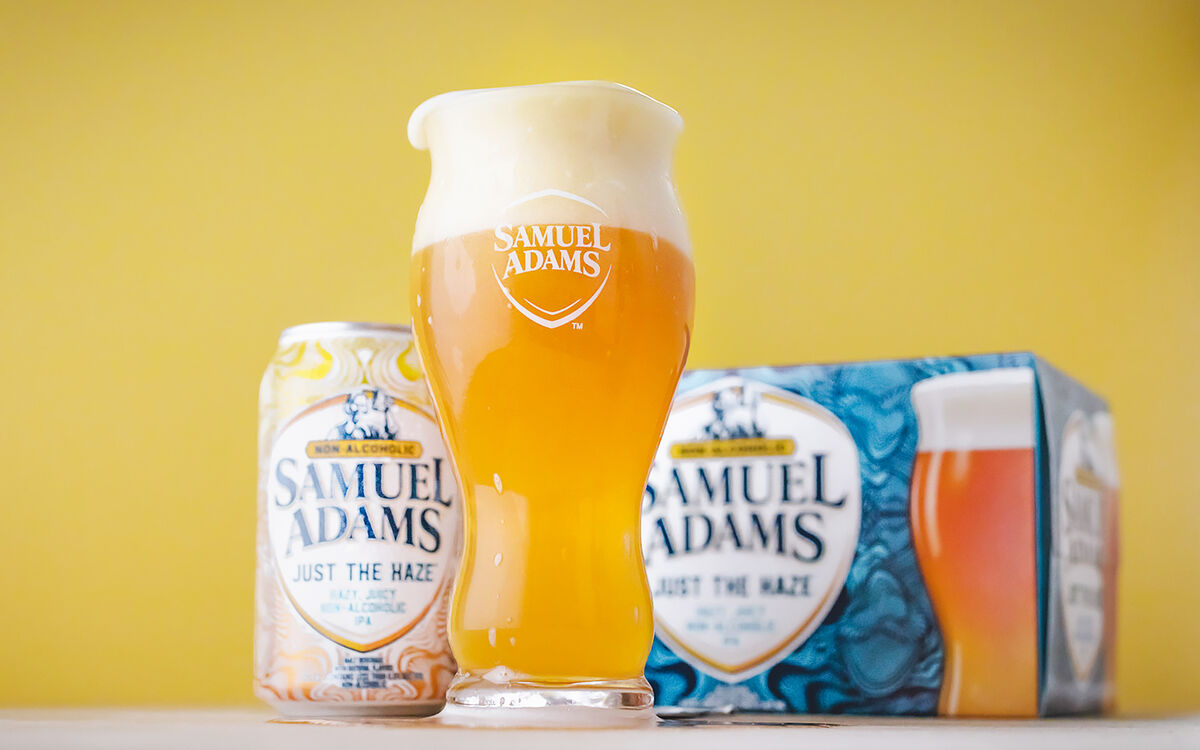
Non-Alcoholic Beers
Sometimes low isn’t low enough, so move over low-ABV beers and make way for “0% ABV.” A trend we rightly identified in “Top Emerging Beer Styles for 2020” has recently trended off-the-charts and exists on a whole new level.
Two years ago, we noted that NA beer sales “in the United States are still virtually nonexistent against the rest of the category,” but they were gaining traction. By the end of 2021, reports are showing explosive growth in the non-alcoholic beer sector.
For the 52-week period ending in mid-May 2021, non-alcohol beer posted sales of $207 million, a 33.2% increase over the previous year, per IRI data. But the craft beer segment of that category grew more than 300%, showing that NA beer is popular, but craft NA beer is getting wildly popular.
To illustrate, in that period up to mid-May 2021, Heineken 0.0 experienced sales growth of more than 54% over the previous year, yet the modern poster child of craft non-alcoholic beer, Athletic Brewing Co., saw its sales grow about 500% in 2020 alone, skyrocketing from $2.5 million to about $15 million in revenue. Athletic also boasts a commanding 61% market share of the craft non-alcoholic beer category.
How far will non-alcoholic beers go? If this is any indicator, beer behemoth AB InBev set a goal to have at least 20% of its global beer volume be no- or low-alcohol by the year 2025. Let’s check back in three years.
Examples: Run Wild IPA by Athletic Brewing Co., Hazy AF by BrewDog, Samuel Adams Just the Haze by The Boston Beer Co., Special Effects Hoppy Amber by Brooklyn Brewery
Seeing the Future
Do you know what never gets old? Watching the craft beer industry thrive, so with the trends outlined above we’ll all be eagerly watching our favorite local breweries gain back some of the ground they may have lost over the last two years. Part of that path forward will be paved with new beers, old styles and good times.
Here’s to a bright 2022!



